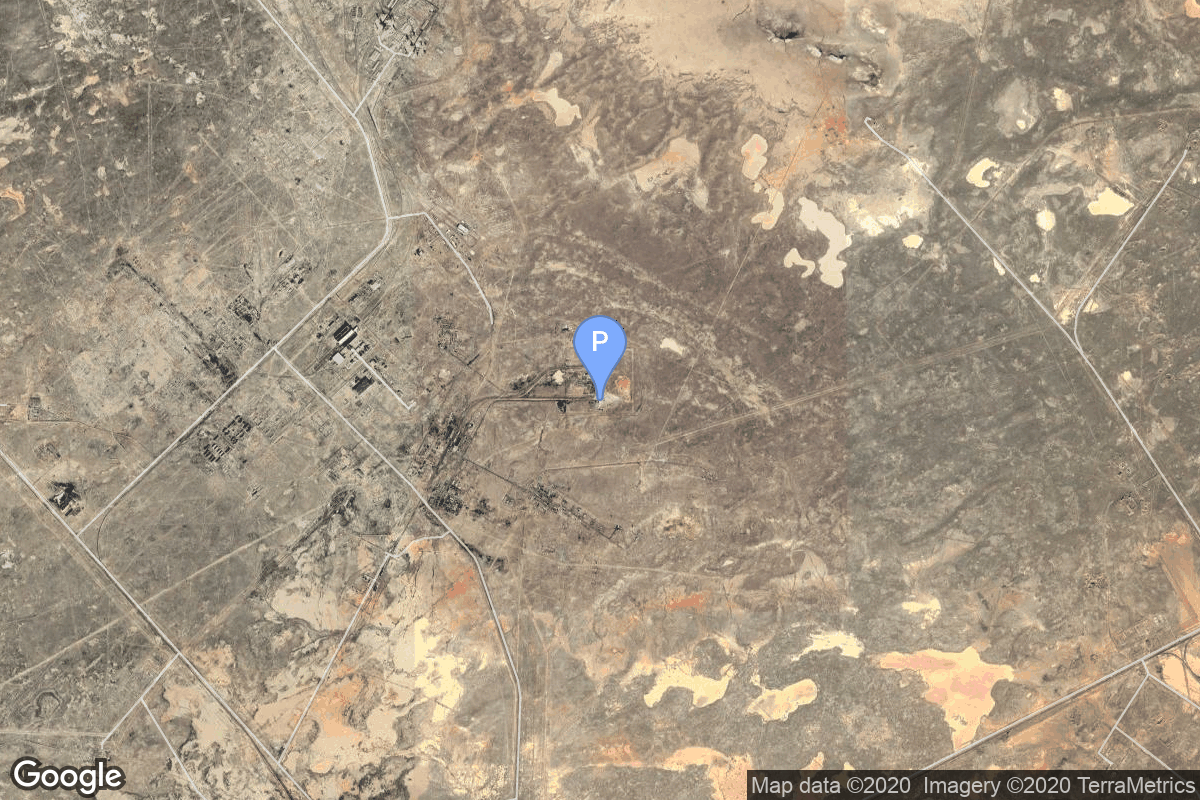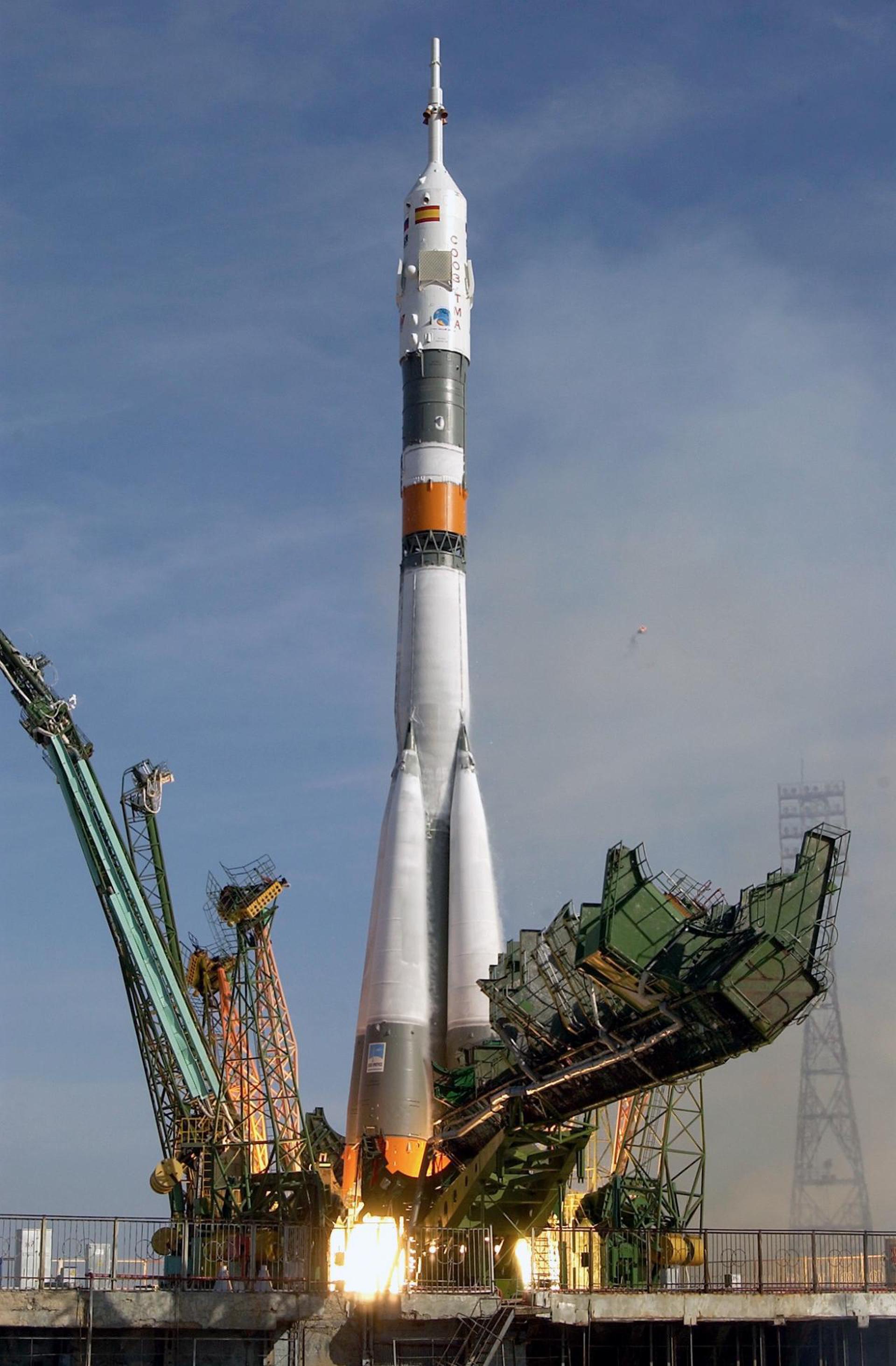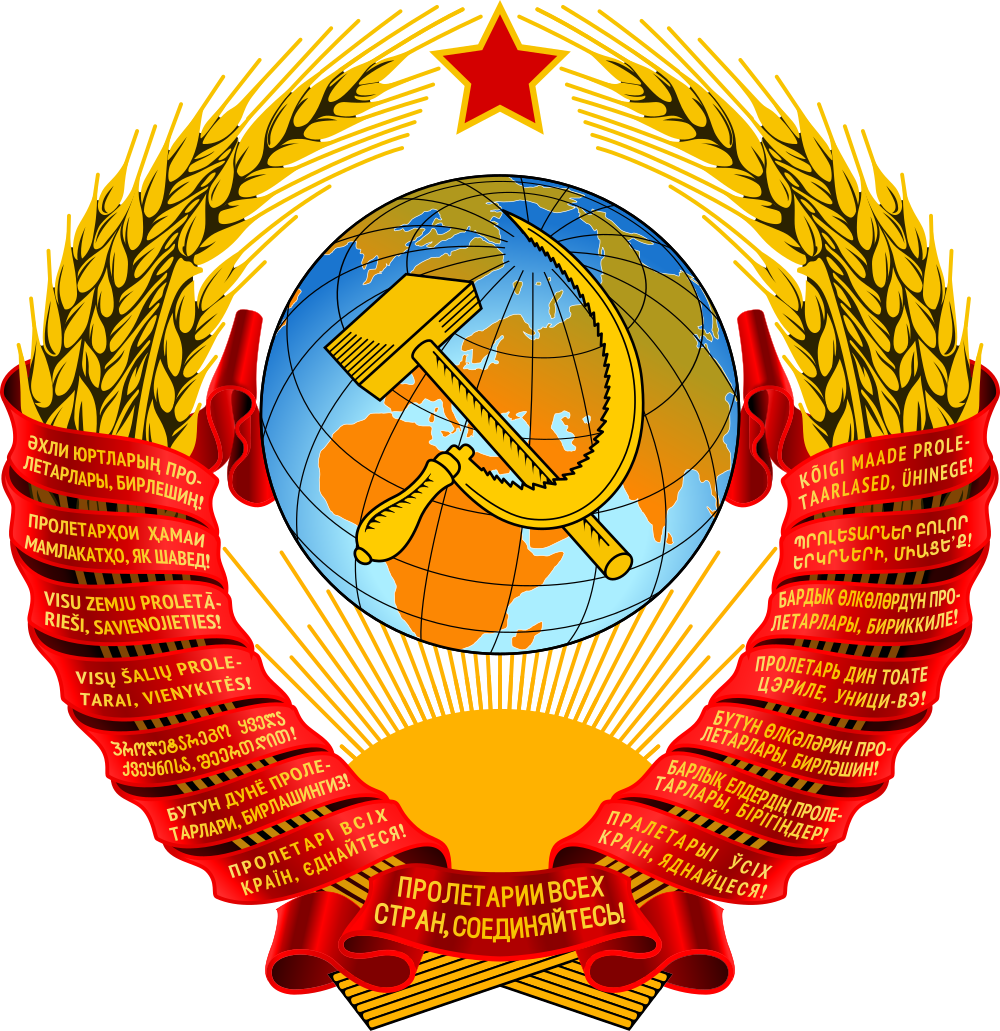Soyuz 40
Soyuz-U
Soviet Space Program
Crew
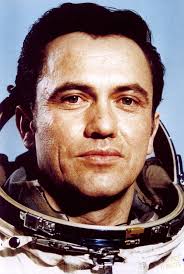
Leonid Popov
- Birthday: 08/31/1945
- Role: Commander
- Nationality: Ukrainian
- First Flight: 04/09/1980
- Last Flight: 08/19/1982
Popov was born in Oleksandriia, Kirovohrad Oblast, Ukrainian SSR. He was selected as a cosmonaut on April 27, 1970, and flew as Commander on Soyuz 35, Soyuz 40 and Soyuz T-7, logging 200 days, 14 hours, and 45 minutes in space before his retirement on June 13, 1987.
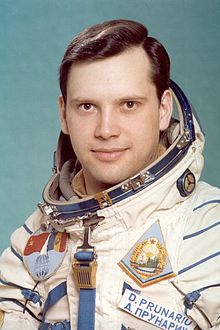
Dumitru Prunariu
- Birthday: 09/27/1952
- Role: Research Cosmonaut
- Nationality: Romanian
- First Flight: 05/14/1981
- Last Flight: 05/14/1981
Dumitru-Dorin Prunariu is a Romanian cosmonaut. He flew in space aboard Soyuz 40 spacecraft and Salyut 6 space laboratory. He was in team with another Romanian cosmonaut called Dumitru Dediu.
Mission
Soyuz 40
- Type: Human Exploration
- Orbit: Low Earth Orbit
Soyuz 40 was the 16th and final mission to visit the Salyut 6 space station. It carried the the EP-10 crew, which visited the long-duration Soyuz T-4 resident crew. The mission began on May 14, 1981, 17:16:38 UTC, launching Commander Leonid Popov and Research Cosmonaut Dumitru Prunariu, the first Romanian cosmonaut, into orbit. They docked with the station the next day. During their 7-day stay on the station, EP-10 crew conducted Earth observation, material, medical and other experiments, including Earth magnetic field and space radiation study.
The mission concluded with a safe landing back on Earth on May 22, 1981, 13:58:30 UTC.
Location
1/5
Baikonur Cosmodrome, Republic of Kazakhstan
1/5 has witnessed the launch of 487 rockets, including 487 orbital launch attempts, while Baikonur Cosmodrome, Republic of Kazakhstan, has been the site for 1547 rocket launches.
Rocket
Agency
Soviet Space Program
The Soviet space program, was the national space program of the Union of Soviet Socialist Republics (USSR) actived from 1930s until disintegration of the Soviet Union in 1991.
The Soviet Union’s space program was mainly based on the cosmonautic exploration of space and the development of the expandable launch vehicles, which had been split between many design bureaus competing against each other. Over its 60-years of history, the Russian program was responsible for a number of pioneering feats and accomplishments in the human space flight, including the first intercontinental ballistic missile (R-7), first satellite (Sputnik 1), first animal in Earth orbit (the dog Laika on Sputnik 2), first human in space and Earth orbit (cosmonaut Yuri Gagarin on Vostok 1), first woman in space and Earth orbit (cosmonaut Valentina Tereshkova on Vostok 6), first spacewalk (cosmonaut Alexei Leonov on Voskhod 2), first Moon impact (Luna 2), first image of the far side of the Moon (Luna 3) and unmanned lunar soft landing (Luna 9), first space rover (Lunokhod 1), first sample of lunar soil automatically extracted and brought to Earth (Luna 16), and first space station (Salyut 1). Further notable records included the first interplanetary probes: Venera 1 and Mars 1 to fly by Venus and Mars, respectively, Venera 3 and Mars 2 to impact the respective planet surface, and Venera 7 and Mars 3 to make soft landings on these planets.
